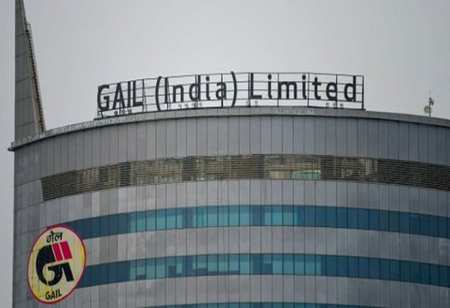The shrinking of prices of domestically produced gas portends well for companies such as GAIL as well as natural gas end-users including power, fertilizers and sponge iron companies. This is because the price cut reduces the cost of manufacturing of urea, petrochemicals, and power. These companies use natural gas as a feedstock and a decrease in price has helped them.
The price cut will have a negative impact on city gas-distributing (CGD) companies, as they will lower the prices to pass on the benefit to the consumers. The bringing down of price will, however, have no impact on companies such as ONGC and Oil India.
The government has reduced the domestic gas price, APM and high pressure, 12.5% and 9.5% respectively. "We see 2.5% and 5% reduction in FY20 and FY21 earnings form ONGC and Oil India and an increase of 1% and 1.5% for GAIL,” said Harshvardhan Dole, analyst, IIFL Securities.
The gas price for the locally produced field has been revised to $3.23 per mmBtu from $3.69 per mmBtu. This has resulted in a 12.5% decrease, and the ceiling price for gas to be produced from difficult fields has fallen to $8.43 per mmBtu from 9.32 per mmBtu, resulting in a 9.5% decrease.
“A 12.5 fall in natural gas prices augurs well for natural gas end-users as it decreases the cost of manufacturing of urea and petrochemicals where natural gas is used as a feedstock. The decrease in the price of natural gas will also be beneficial for the margins of the power sector and sponge iron industry where it is used for generation of energy,” said Urvisha Jagasheth, research analyst, CARE Ratings.”
In India, out of 31 urea plants, 28 use natural gas as a feedstock, which accounts for 80% of the raw material cost for urea manufacturing. As per the estimates, a 12.5% fall in natural gas could result in a 6% decrease in the cost of production of urea. This will lead to a decrease in the working capital intensity of fertilizer manufacturers.
India heavily relies on coal-fired power plants for power. Natural gas is only 3-4% of the total power generated. Therefore, a reduction in price will not be too beneficial for the power sector, which is struggling due to insufficiency in natural gas.
 Magazine
Magazine
